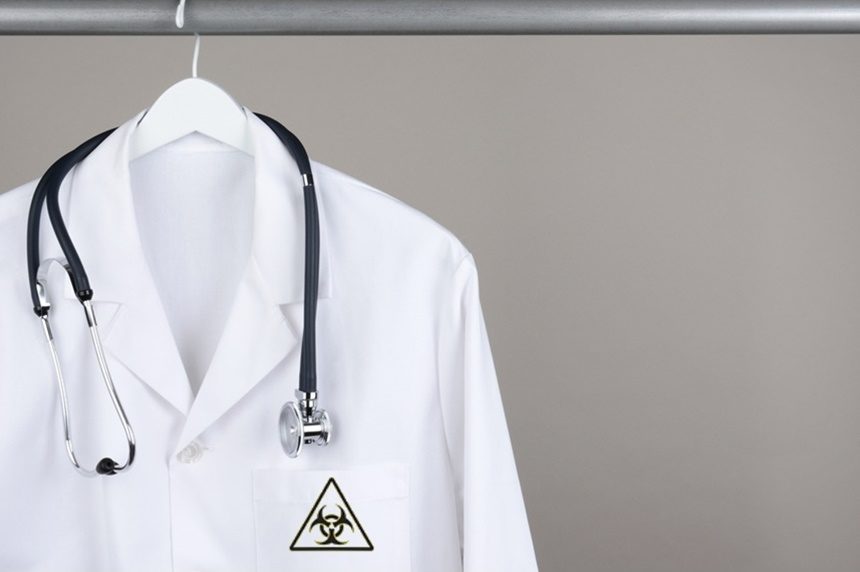“Your Health Checkup” is our online column by Dr. Douglas Zipes, an internationally acclaimed cardiologist, professor, author, inventor, and authority on pacing and electrophysiology. Dr. Zipes is also a contributor to The Saturday Evening Post print magazine. Subscribe to receive thoughtful articles, new fiction, health and wellness advice, and gems from our archive.
Order Dr. Zipes’ new book, Damn the Naysayers: A Doctor’s Memoir.
Wearing a white coat is considered a badge of honor by many doctors, much like the omnipresent stethoscope draped around their necks. In many medical schools, students participate in a robing ceremony at the beginning of their first year, during which they are given a white coat to wear.
Meaningful physician-patient relationships are critical for both the doctor and the patient, with patient satisfaction leading to better health outcomes. How doctors dress interests patients and can impact relationships. A questionnaire distributed to over 4,000 patients at 10 academic U.S. hospitals found that more than half felt physician attire was important, with a white coat most highly rated. However, perceptions of attire were influenced by age, locale, setting, and context of care. For example, scrubs with a white coat was acceptable for surgeons.
What is often overlooked is that clothing of healthcare personnel, as well as the devices they carry, can harbor bacteria or other pathogens that can contribute to the risk of infection. One study found that white coats were only washed every 12.4 days and scrubs every 1.7 days. Wearing white coats with short sleeves or white coats washed daily have been advocated to combat spread of infection. Even so, contamination can occur quite quickly. One report found no differences in bacterial or methicillin-resistant Staphylococcus aureus contamination of physicians’ white coats compared with newly laundered short-sleeved uniforms. However, another study found that wearing short sleeves led to lower rates of transmission of viral DNA. Nurses’ uniforms and that of other health care workers can also become contaminated. Jackets and ties can be similarly affected. The Society for Healthcare Epidemiology of America suggests health care workers consider an approach of “bare below the elbows” to reduce contamination risk and facilitate washing.
The white coat is a powerful symbol of being a physician, but maybe it’s time to rethink that tradition, or at least consider the “bare below the elbow” suggestion. Hand hygiene is one of the most important strategies to prevent and control infection. While most patients would not ask their doctors when their white coat was last cleaned, as a patient you should make sure your health care workers wash their hands before contact with you — even a handshake — and/or uses a hand sanitizer dispenser. Fire codes have restricted placement of these sanitizers because they are alcohol-based and thus considered a fire hazard, yet they can play a critical role in eliminating transfer of pathogens from health care workers to patients. They actually have a low risk of fires and may be more effective at reducing transfer of the majority of dangerous bacteria.
Patients can help control spread of infections by frequent hand washing as well as helping their health care workers observe relatively simple hygiene steps. While this is particularly important during the flu season, frequent hand washing is a good policy all year round.
Featured image: Shutterstock
Become a Saturday Evening Post member and enjoy unlimited access. Subscribe now



